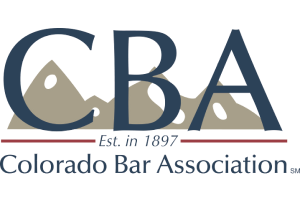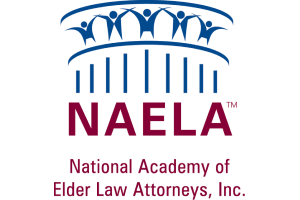Estate planners are increasingly using trust protector provisions in trust documents. While these provisions can be flexible and preserve the intent of a trust’s grantor, they also come with risks and complexities. A panel of the trust and estate planning attorneys at Braverman Law Group are hosting a CLE/CPE course to provide a practical guide…
Continue reading ›





Articles Posted in Events
Contact Us
- Free Consultation
- (303) 800-1588
Search
Get Your Free Educational Guide
Client Reviews
When my husband died, I felt I needed to honor him for his children and friends. Working through the plans was healthy because I've been a planner professionally. My...
I really appreciate your calming nature. You are incredibly helpful and kind. After speaking with me it was the first time in a long while where I was able to sleep...
I trust Bennett and feel his depth of knowledge. The time and energy Bennett spent briefing the beneficiaries of our plan – helping them to know what to expect and what...
Diedre took the time to go beyond our initial assumptions and explained how we can benefit from strategies no one had explained to us before.
Bennett Braverman is a thorough, knowledgeable expert in his field. He did an excellent job in walking us through the Living Trust process, coaching us through decisions...
Address
Located in downtown Boulder, across from the Justice Center. Take Canyon Boulevard to 6th Street. Our building is right on the corner of 6th and Canyon, with exposed red brick on the front. We offer onsite underground parking just to the right after you turn onto 6th. An elevator takes you to our open and light offices on the second floor.
Contact Us
- 1 Free Consultation
- 2 Plan Now for Your Peace of Mind
- 3 Speak Directly to an Attorney
Fill out the contact form or call us at (303) 800-1588 to schedule your free consultation.
Leave Us a Message









Schlender Law Clients


